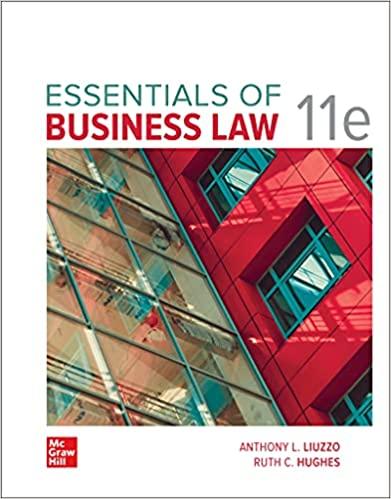- Which of the following will NOT affect the negotiable character of an instrument?
A. The issuance date is not written. B. The instrument authorizes drawee to reimburse himself out of a particular fund after payment. C. It is addressed to more than one drawee jointly. D. None of the above E. All of the above 2. A bill of exchange states on its face: "One month after sight, pay to the order of Mr. R the amount of P50.000 chargeable to the account of Mr. S. Signed, Mr. T." Mr. S, the drawee, accepted the bill upon presentment by writing on it the words: "I shall pay P30,000 three months after sight." May he accept under such terms, which varies the command of the bill? A. Yes since a drawee may accept and is liable according to the tenor of his acceptance. B. No, since, once he accepts, a drawee is liable according to the tenor of the bill. C. Yes, provided drawer and drawee agree as to the acceptance D. No, he is bound to accept the bill according to its tenor. 3. M makes a note payable to bearer and delivers the same to P who endorses it to X in this manner: "Payable to X. (Sgd.)P." Later X, without indorsing the note delivers the same to Y. The note is subsequently dishonored by M. May Y proceed against M for the note? A. No, because the special indorsement of P has made the note to be payable to order and must be endorsed to negotiate. B. Yes, because an instrument originally payable to bearer remains to be payable to bearer despite special indorsement made thereon. C. Yes, because M, as maker, is absolutely liable to pay the instrument in the hands of any holder. D. No, because Y did not acquire title to the instrument due to lack of proper indorsement. 4. M issued a promissory note to payable to the order of P. P indorsed it specially to A. Without the knowledge of A. X took the note and forged A's signature and then delivered it to B, who specially indorsed it to C, C to D. D to E, and E to H, a holder in due course. Against whom can H demand payment of the note? A. B, C, D and E because their signatures appear after the forgery B. M and P because their signatures are genuine and had not been forged C. A because he is negligent in keeping the promissory note D. Against all parties because H is a holder in due course 5. Which of the following defenses may acquit individuals charged with a violation of BP 22? A. payment of the value of the dishonored check within five banking days from receipt of the notice of dishonor; B. payment of the value of the check before filing of the criminal case in court; C. failure to serve a written notice of dishonor of the check to the issuer; D. any of the foregoing 6. Which of the following defenses may acquit individuals charged with a violation of BP 22? A. novation or change in the underlying obligation of the parties before the filing of the criminal case in court: B. a stop payment order pursuant to a valid reason such as non-delivery of goods or services; C. knowledge by the payee that the check was not supported by sufficient funds when the issuer issued the check: D. any of the foregoing 7. The following are the acts punished under BP 22, except: A. Making and issuing of check with knowledge by the issuer that at the time the check is issued, he does not have sufficient funds; B. Post-dating a check, or issuing a check in payment of an obligation when the offender therein knew the funds were not sufficient to cover the amount of the check: C. Failure to keep sufficient funds to cover the full amount of the check if presented within a period of 90 days from the date appearing on the check: D. None of the above 8. Identify a false statement: A. Issuance of a worthless check is a wrong in itself. B. It is the non-payment of the underlying obligation which is being punished under BP 22 C. In order to liable for violation of BP 22, there must have been fraud employed by the issuer of the check. D. All of the above E. None of the above 9. An "insider" may be the - A. Issuer B. A government employee, director, or officer of an exchange, clearing agency and/or self-regulatory organization C. Director D. Officer E. Any of the above 10. The practice of spreading false information about stocks, to drive down their prices- A. Painting the tape B. Hype and dump C. Short and distort D. Wash sale







